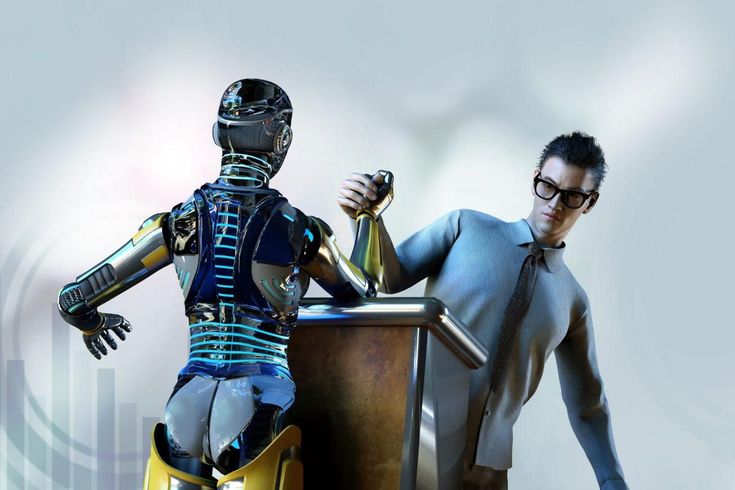The Dynamics of Power and Control in Human-AI Relationships
Artificial Intelligence (AI) is increasingly influencing our lives through virtual assistants, chatbots, and other digital tools. As AI becomes more prevalent, it’s important to understand the dynamics of power and control in human-AI relationships. This article explores how power and control play out in these interactions, explained in simple terms.
What Are Human-AI Relationships?
Human-AI relationships involve interactions between people and AI systems, such as virtual assistants like Siri and Alexa, customer service chatbots, and AI-driven apps. These relationships can affect how we manage tasks, make decisions, and interact with technology.
Power Dynamics in Human-AI Relationships
The Role of AI in Power Dynamics
- Task Management: AI often manages tasks and provides information, which can give it a sense of authority over certain aspects of our lives. For example, a virtual assistant might control your calendar and reminders.
- Decision Influence: AI can influence decisions by providing recommendations and personalized advice. This can impact how much control users feel they have over their choices.
User Control and Autonomy
- User Command: Typically, users control AI through commands and inputs. This means users hold the primary power in directing what the AI does.
- Customization: Users can customize AI settings and preferences, which helps maintain control over how AI interacts with them.
Power Imbalances
Potential Imbalances
- Data Dependence: AI systems rely on data to function effectively. Users often share personal information, which can create a power imbalance if users are unaware of how their data is used.
- Algorithm Influence: AI algorithms can subtly influence user behavior by prioritizing certain types of content or recommendations, potentially limiting user autonomy.
Addressing Imbalances
- Transparency: AI systems should be transparent about how they use data and make decisions. This helps users understand and control the influence of AI on their lives.
- User Education: Educating users about how AI works and how to manage its settings can help balance power dynamics and maintain user autonomy.
Control and Responsibility
Ensuring Effective Control
- Settings Management: Users should regularly review and adjust AI settings to ensure they align with their preferences and needs.
- Feedback Mechanisms: Providing feedback to AI developers can help improve systems and address any issues related to control and power dynamics.
Ethical Considerations
- Responsible Design: AI developers should design systems with ethical considerations, ensuring that power and control are balanced and that users are protected from potential misuse of their data.
- Privacy Protection: Safeguarding user privacy is crucial to maintaining a healthy balance of power in human-AI relationships.
Conclusion
The dynamics of power and control in human-AI relationships involve both user control and the influence of AI systems. While users typically command AI and set preferences, potential imbalances can arise due to data dependence and algorithmic influence. Ensuring transparency, educating users, and fostering responsible design can help balance power dynamics and maintain effective control.
Understanding these dynamics is essential for navigating interactions with AI effectively and ensuring that technology serves users in a fair and balanced manner. By managing settings, providing feedback, and prioritizing ethical considerations, we can maintain healthy and balanced human-AI relationships.
READ MORE ON :
https://link.springer.com/article/10.1007/s00146-022-01400-7









